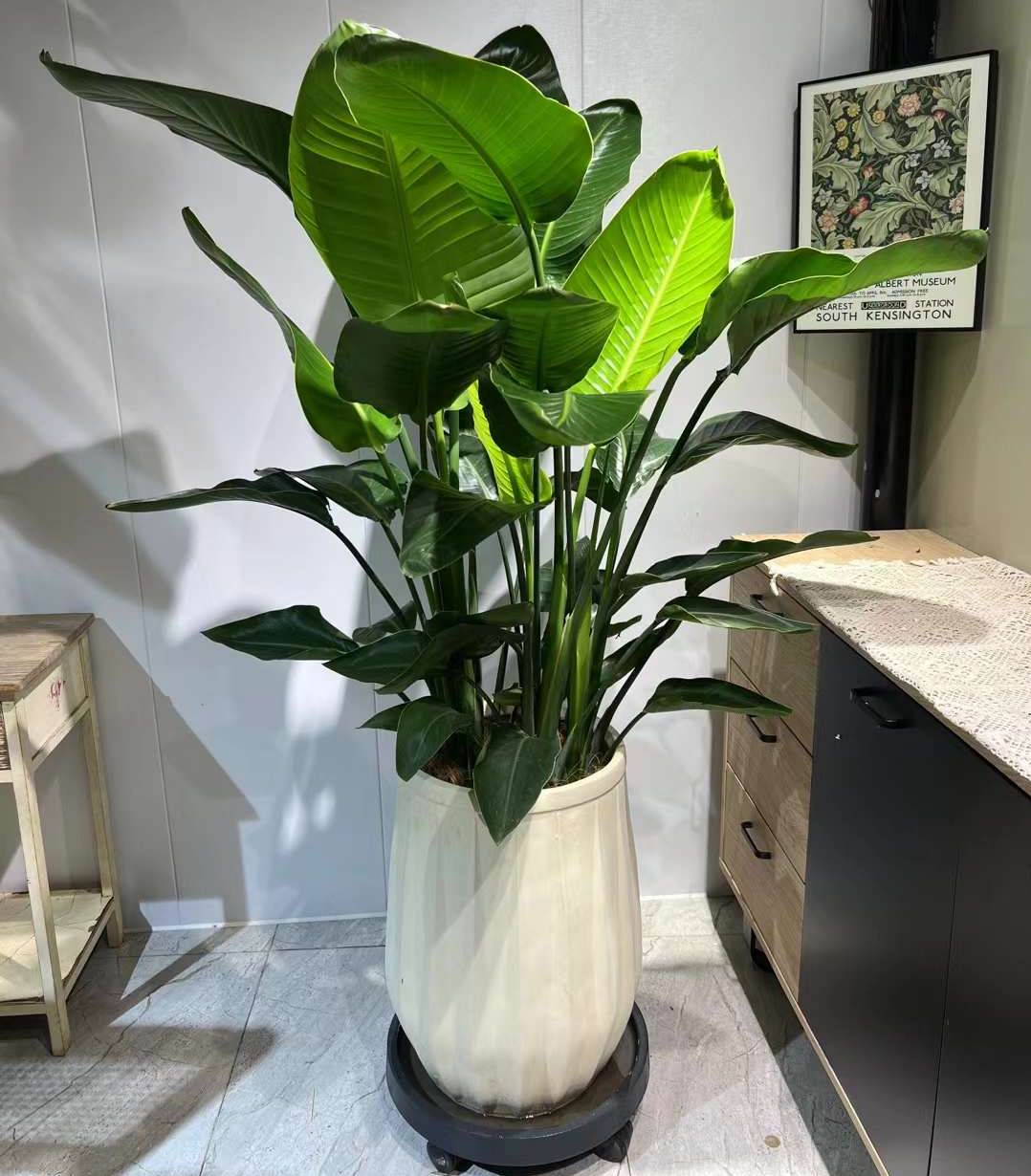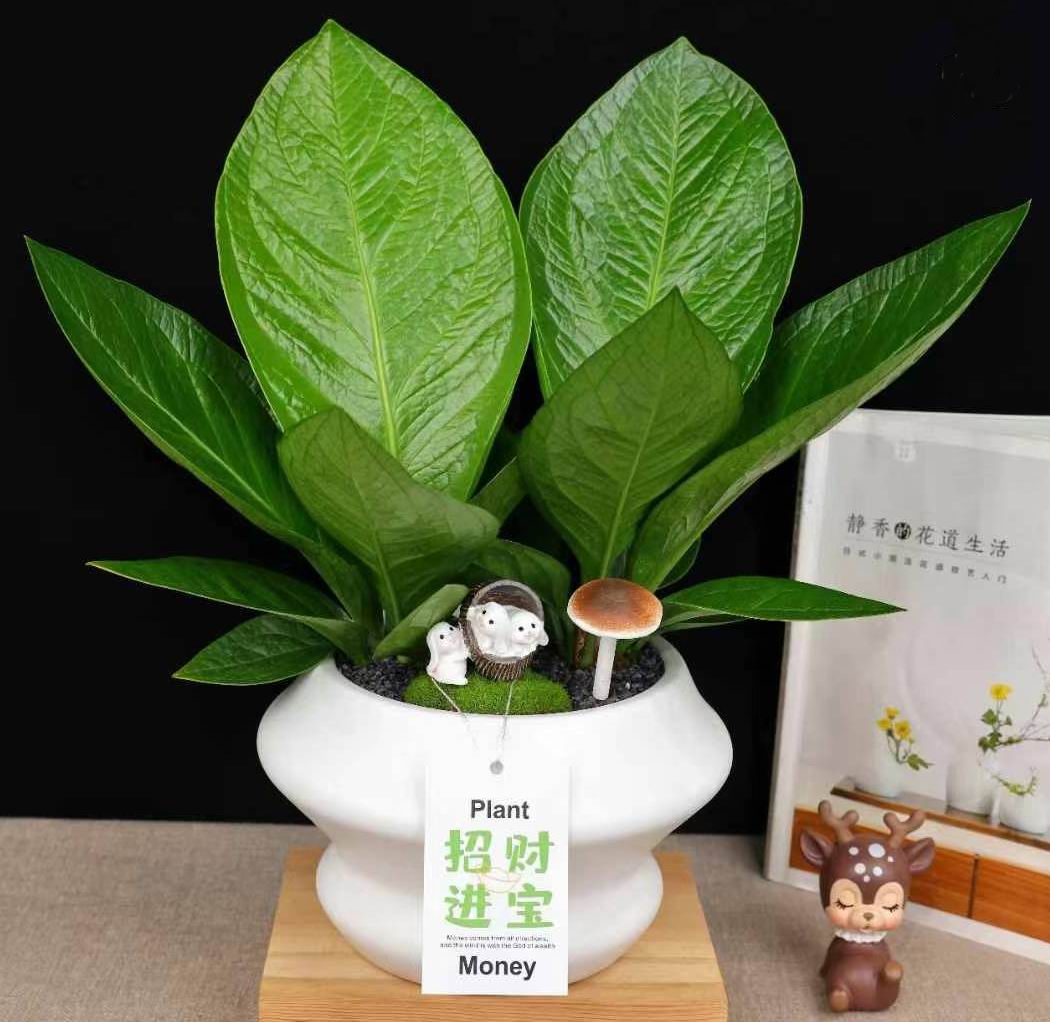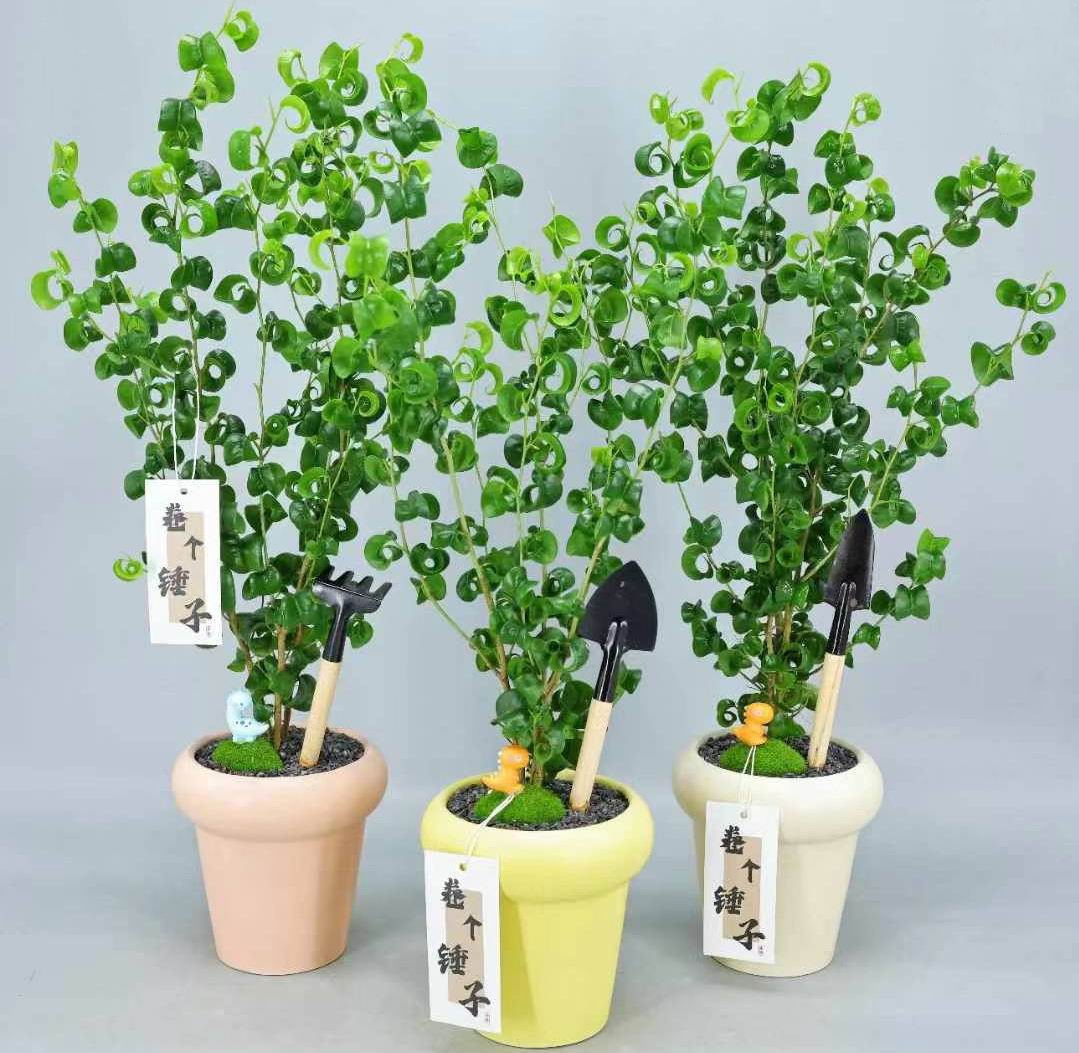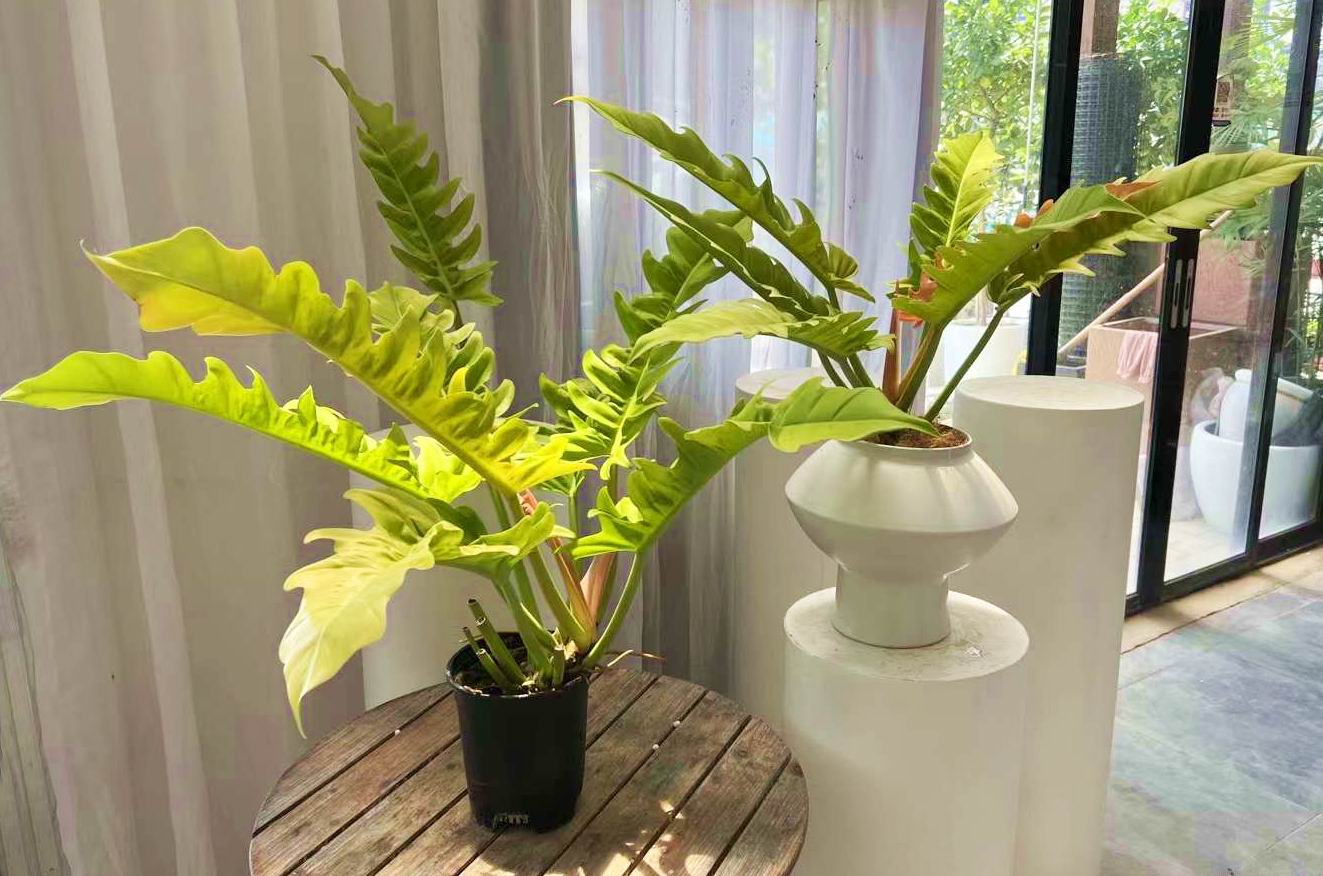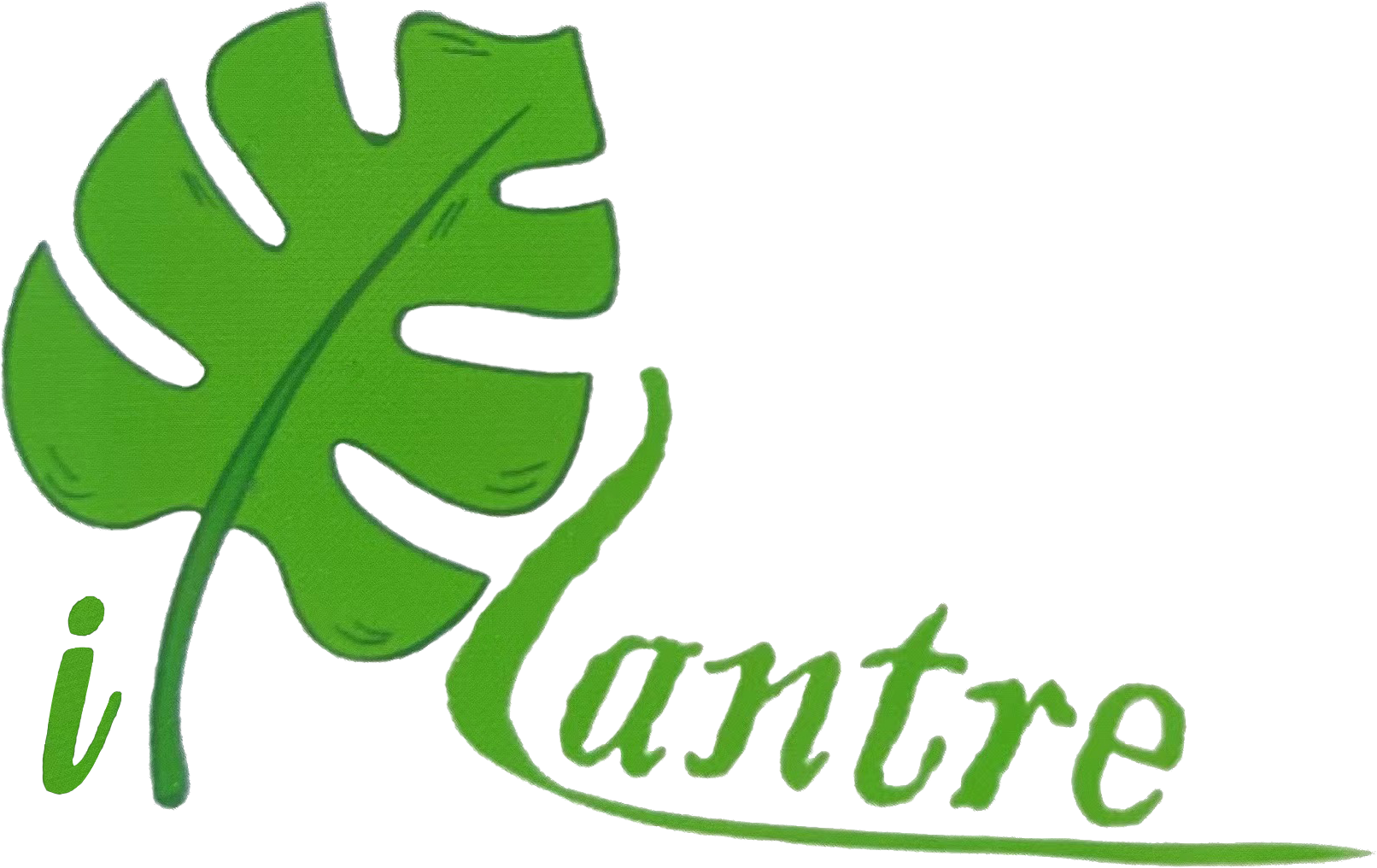Anacampseros rufescens 'Sunrise', often known as the "Sunrise Sand Rose," is a stunning and hardy succulent that has become a favorite among plant enthusiasts. Known for its compact growth and striking colorful leaves, this plant is often used in gardens, as a houseplant, or even as a decorative element in succulent arrangements. However, despite its reputation for being relatively easy to care for, there are several common issues that can arise when caring for Anacampseros rufescens. In this article, we'll dive into the most frequent care problems that owners face with this plant and provide practical solutions to help you troubleshoot and keep your 'Sunrise' succulent thriving.
1. Overwatering
One of the most common problems that Anacampseros rufescens 'Sunrise' owners encounter is overwatering. Like many succulents, this plant is adapted to dry, arid environments and does not thrive in soggy soil. Overwatering can lead to root rot, which is a deadly condition for your plant.
Symptoms of Overwatering:
- Yellowing leaves or a mushy texture
- Wilting despite moist soil
- Soft or squishy roots
Solution:
To avoid overwatering, always ensure that the soil is well-draining and that you allow it to dry out between waterings. Use a pot with drainage holes to prevent water from accumulating at the bottom. During the growing season (spring and summer), water the plant thoroughly, but make sure the soil is completely dry before watering again. In the winter months, reduce watering, as the plant's growth slows and it needs less moisture.
If you suspect root rot, gently remove the plant from its pot, inspect the roots, and trim any that are soft or discolored. Let the plant's roots dry out for a day or two before replanting it in fresh, well-draining soil.
2. Underwatering
While overwatering is a common issue, underwatering can also cause problems for Anacampseros rufescens 'Sunrise'. These plants have drought-resistant qualities, but they still need water to stay healthy. Prolonged dry periods can lead to stress, causing the plant to become shriveled and weak.
Symptoms of Underwatering:
- Shriveled or dry leaves
- Leaf drop or browning at the tips
- Slow growth or stunted appearance
Solution:
Anacampseros rufescens should be watered thoroughly when the soil is dry. A good rule of thumb is to water it once the top inch or so of soil feels dry to the touch. If you live in a dry climate, consider watering more frequently, especially during hot summer months. However, avoid letting the plant sit in standing water, as this can lead to other issues like root rot.
3. Lack of Proper Sunlight
While Anacampseros rufescens 'Sunrise' does well in full sunlight, improper lighting can lead to various growth problems. Insufficient light can cause leggy growth, where the plant becomes tall and spindly, as it stretches in search of more sunlight. On the other hand, too much direct sunlight can cause sunburn, leading to scorched leaves.
Symptoms of Improper Sunlight:
- Leggy, stretched-out growth
- Leaves becoming pale or yellow
- Brown spots or edges due to sunburn
Solution:
Ensure that your Anacampseros rufescens gets plenty of light, ideally in a spot where it receives 4-6 hours of bright indirect sunlight each day. If grown indoors, a south- or west-facing window is typically the best option. If you're growing it outside, place it in an area that gets partial sun in the morning and filtered sunlight in the afternoon to protect it from the harsh midday rays.
If the plant starts to get leggy, move it to a brighter spot, or rotate it periodically to ensure even light exposure. If you notice sunburn, move the plant to a location with less direct sunlight and gradually reintroduce it to full sun over time.
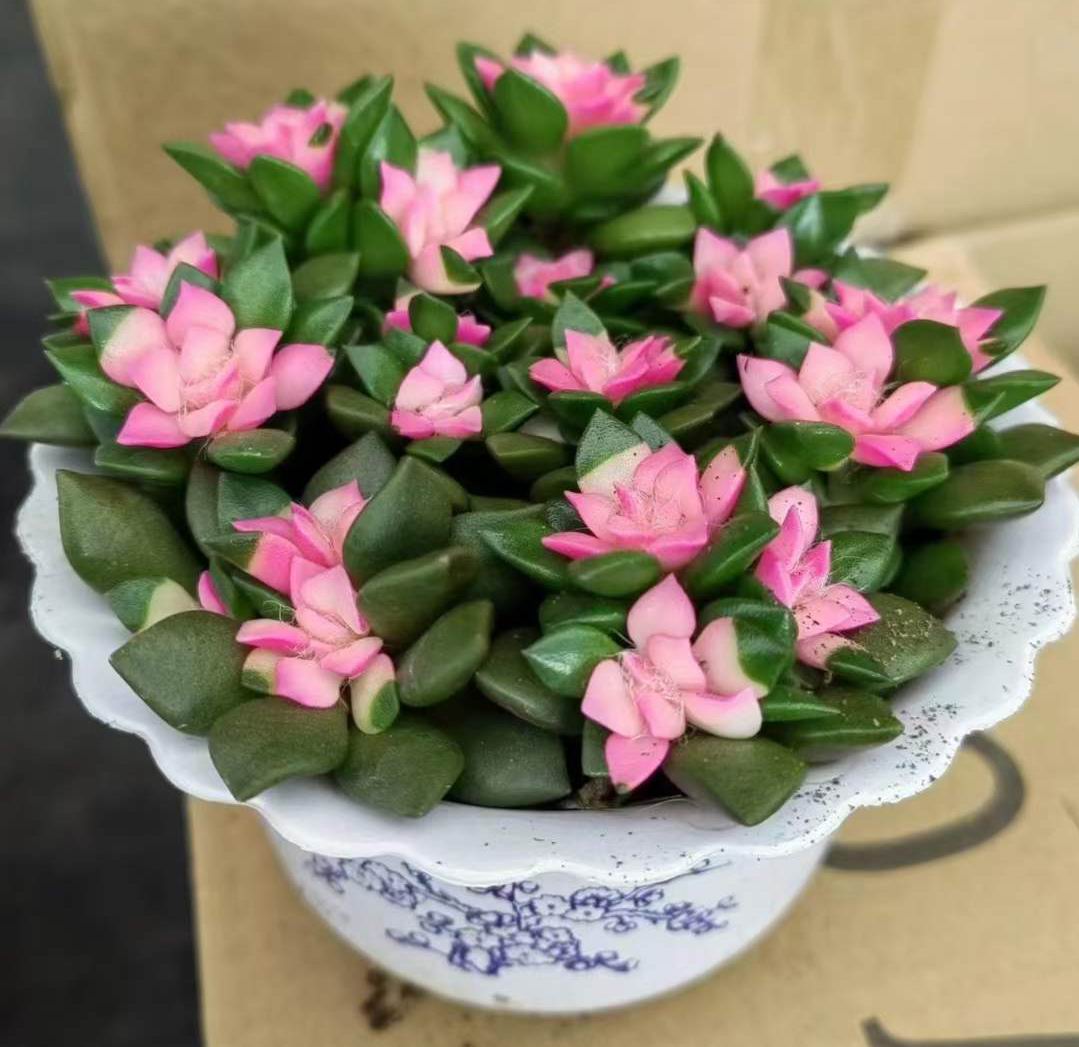
4. Temperature Fluctuations
Anacampseros rufescens 'Sunrise' is relatively tolerant of temperature variations but is not frost-hardy. Extreme temperature fluctuations, especially during winter months, can stress the plant and stunt its growth. Too much cold or hot weather can cause damage to the leaves and roots.
Symptoms of Temperature Stress:
- Discoloration or wilting of leaves
- Brown or black spots
- Stunted growth or dieback
Solution:
Keep the plant in temperatures between 60°F and 85°F (15°C - 29°C) during the growing season. If you live in an area with freezing winters, bring the plant indoors or place it in a greenhouse to avoid exposure to cold temperatures. If your plant is grown in a pot, you can also move it inside for the winter months to protect it from frost.
Avoid placing the plant near heating vents or air conditioners, as these can cause temperature fluctuations that stress the plant.
5. Pest Infestation
Like many succulents, Anacampseros rufescens is susceptible to certain pests, such as mealybugs, aphids, and spider mites. These pests can damage the plant by feeding on its leaves and stems, leading to stunted growth, yellowing, or spots on the leaves.
Symptoms of Pest Infestation:
- Visible pests on the plant (small, white, cotton-like spots for mealybugs)
- Discolored or deformed leaves
- Sticky residue or webbing on the plant
Solution:
To combat pests, regularly inspect your plant for signs of infestation. If you notice pests, you can use a cotton swab dipped in rubbing alcohol to wipe them off or spray the plant with an insecticidal soap. For more severe infestations, you may need to treat the plant with neem oil or another safe pesticide. Always test the pesticide on a small area of the plant first to ensure it doesn't cause damage.
Maintaining a clean, well-ventilated environment can help prevent pests from taking hold, as succulents are less likely to attract pests in dry, arid conditions.
6. Poor Soil Quality
Anacampseros rufescens thrives in well-draining soil. If the soil is too dense or doesn’t drain well, it can lead to root rot, waterlogging, and poor growth. The wrong soil can also make it difficult for the roots to access the nutrients they need.
Symptoms of Poor Soil Quality:
- Yellowing leaves or overall poor growth
- Root rot or mushy roots
- Soil that remains wet for extended periods
Solution:
Use a high-quality cactus or succulent mix that drains well and allows air to circulate around the roots. You can also create your own mix by combining regular potting soil with sand or perlite. This will help improve drainage and prevent water retention, which is crucial for your Anacampseros rufescens' health.
Ensure the pot has drainage holes to allow excess water to escape, preventing the soil from becoming waterlogged. Avoid compacting the soil when planting, as this can impede root growth.
7. Leggy Growth
Leggy growth in Anacampseros rufescens typically results from insufficient sunlight, but it can also occur if the plant is overwatered or underwatered. This condition causes the plant to stretch, with longer internodes (the space between leaves) and sparse foliage.
Symptoms of Leggy Growth:
- Long, spindly stems
- Sparse or unevenly distributed leaves
- General lack of compactness
Solution:
To prevent or fix leggy growth, ensure the plant is receiving adequate light. If it is already leggy, consider trimming the stems back to encourage new growth. When pruning, make sure to cut just above a node (the point where leaves and new stems grow) to encourage healthy regrowth.
Also, consider rotating the plant regularly to ensure even light distribution on all sides of the plant, which can help it maintain a balanced shape.
Conclusion
Anacampseros rufescens 'Sunrise' is a beautiful and relatively low-maintenance plant, but like any succulent, it requires the right care to thrive. By addressing common problems like overwatering, underwatering, poor sunlight, temperature stress, pests, and soil quality, you can ensure that your plant remains healthy and vibrant. With a little attention to detail and patience, you’ll be able to enjoy the colorful beauty of your 'Sunrise' succulent for years to come.
